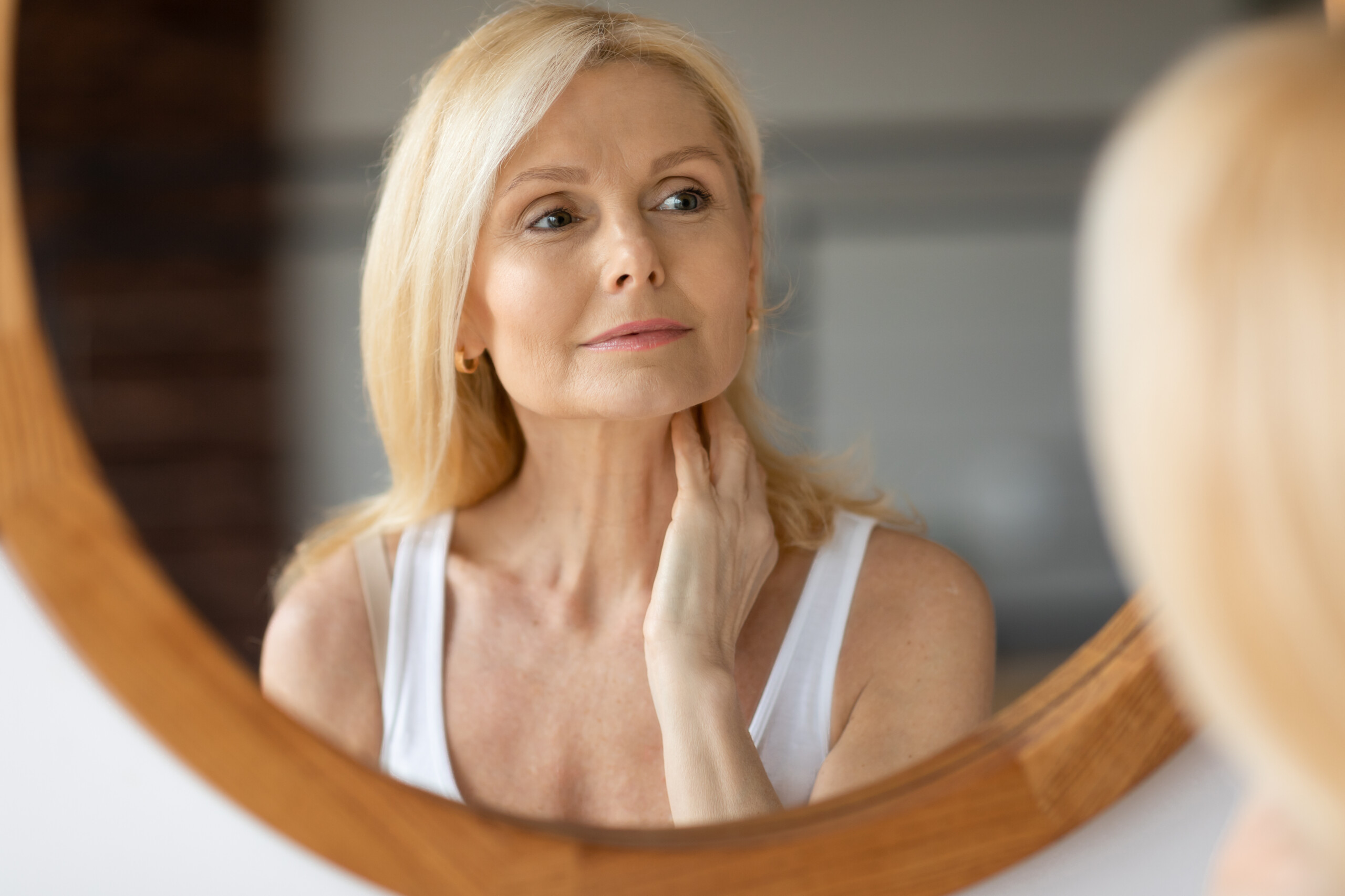The Blog Treating Facial Volume Loss as You Age – Your Simple Guide
Why does facial volume matter? Why is loss of facial volume a concern?
The reason we want that fullness in our facial tissues is because it’s what helps to support the structure of our features, and the tautness of our skin.
Once our underlying support starts to flag, the overlying skin is at the mercy of gravity. This means sagging, wrinkles, folds and less-than-smooth texture.
Now for the good news: there are multiple forms of facial volume loss treatment that can address this natural process – or at least the appearance of it.
Cosmetic treatments can work by restoring volume and recontouring features to help support facial structure.
From a cosmetic perspective, loss of facial volume is often considered undesirable because it can make a person appear older than their actual age and may affect their perception of attractiveness.
Facial fat atrophy and redistribution leads to facial hollowing and accumulation in areas such as the jowls.
Once we understand what’s happening beneath our skin and how this natural ageing process works, we can get our heads around how facial volume loss treatments can work too.
Here we’ll delve deeper into why treating facial volume loss can lessen the appearance of ageing and turn the tables on our skin’s battle with gravity.


